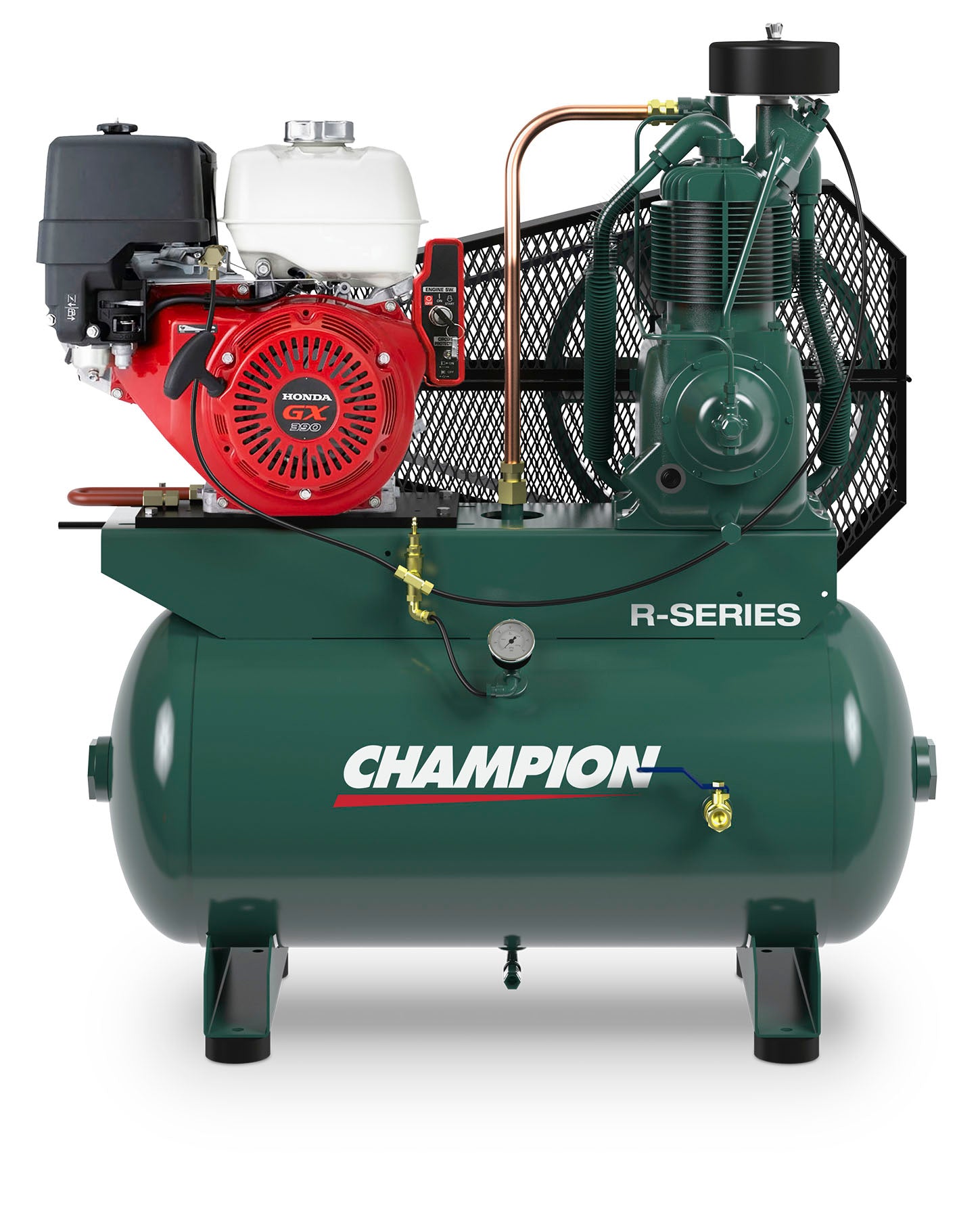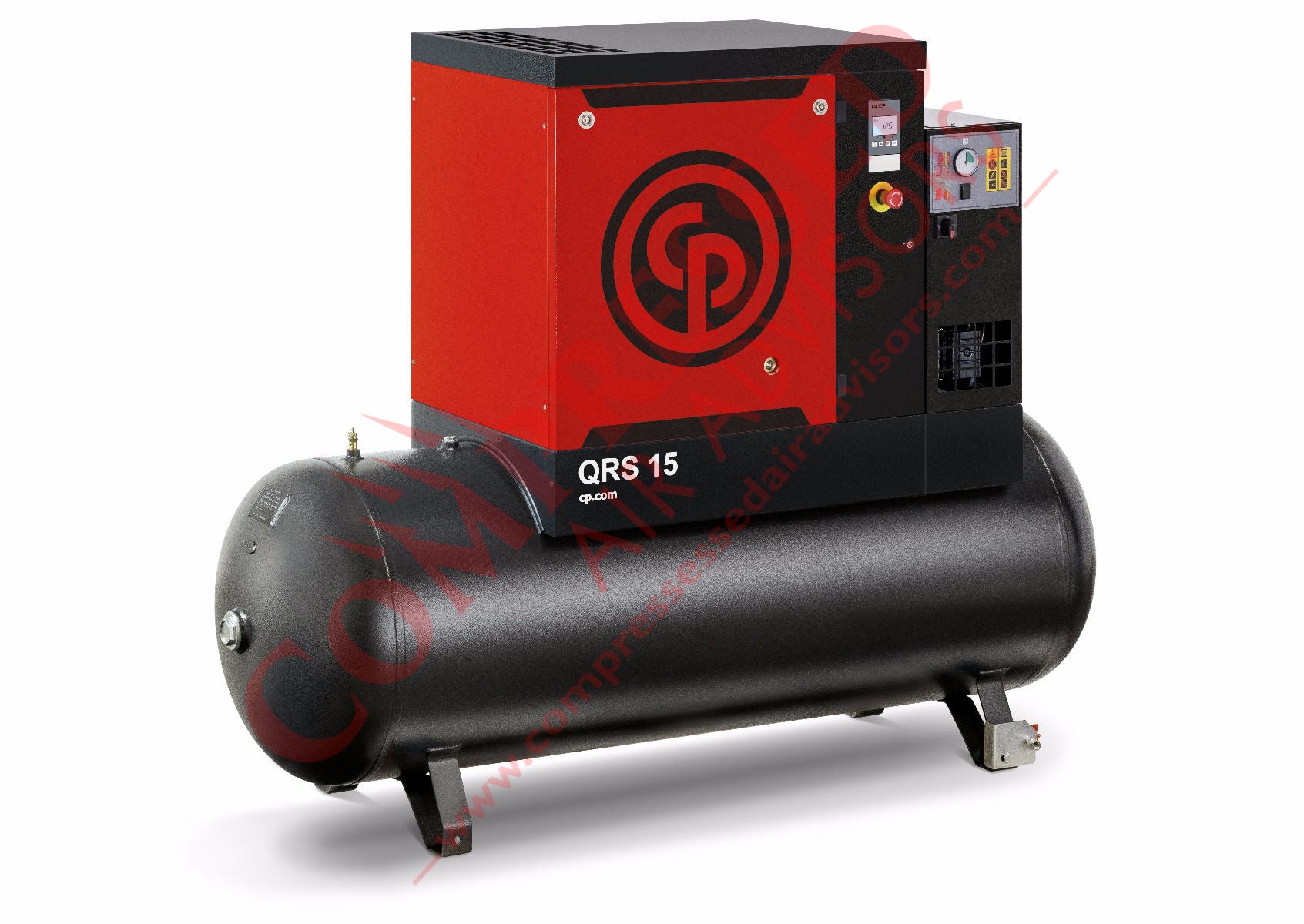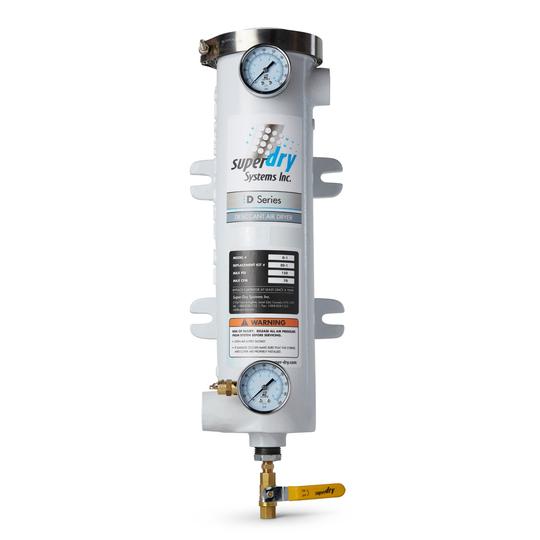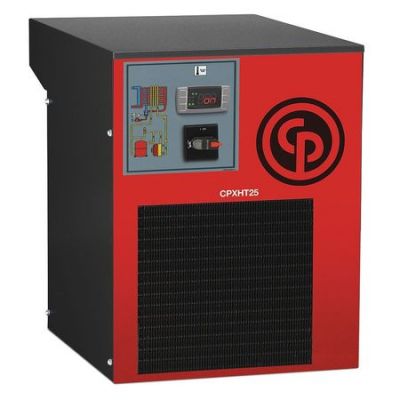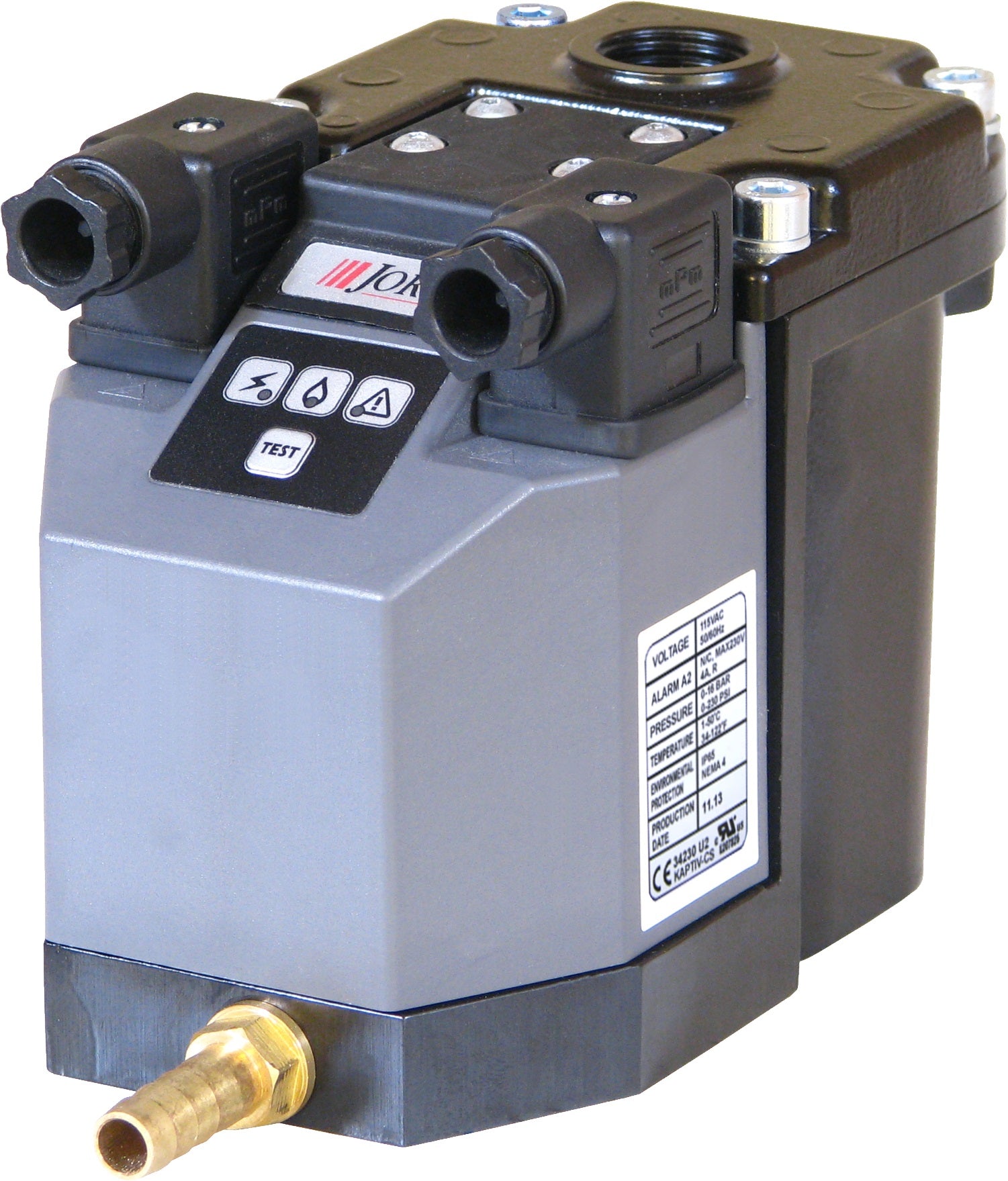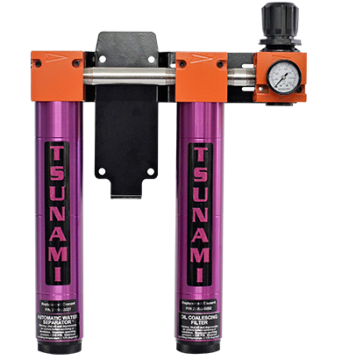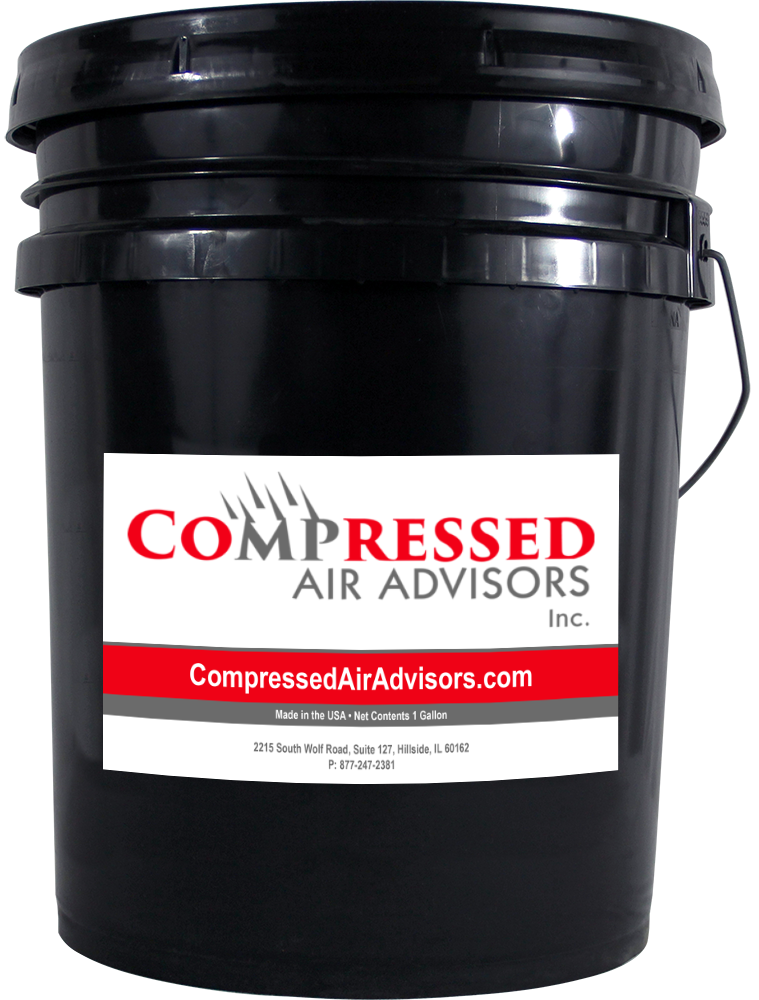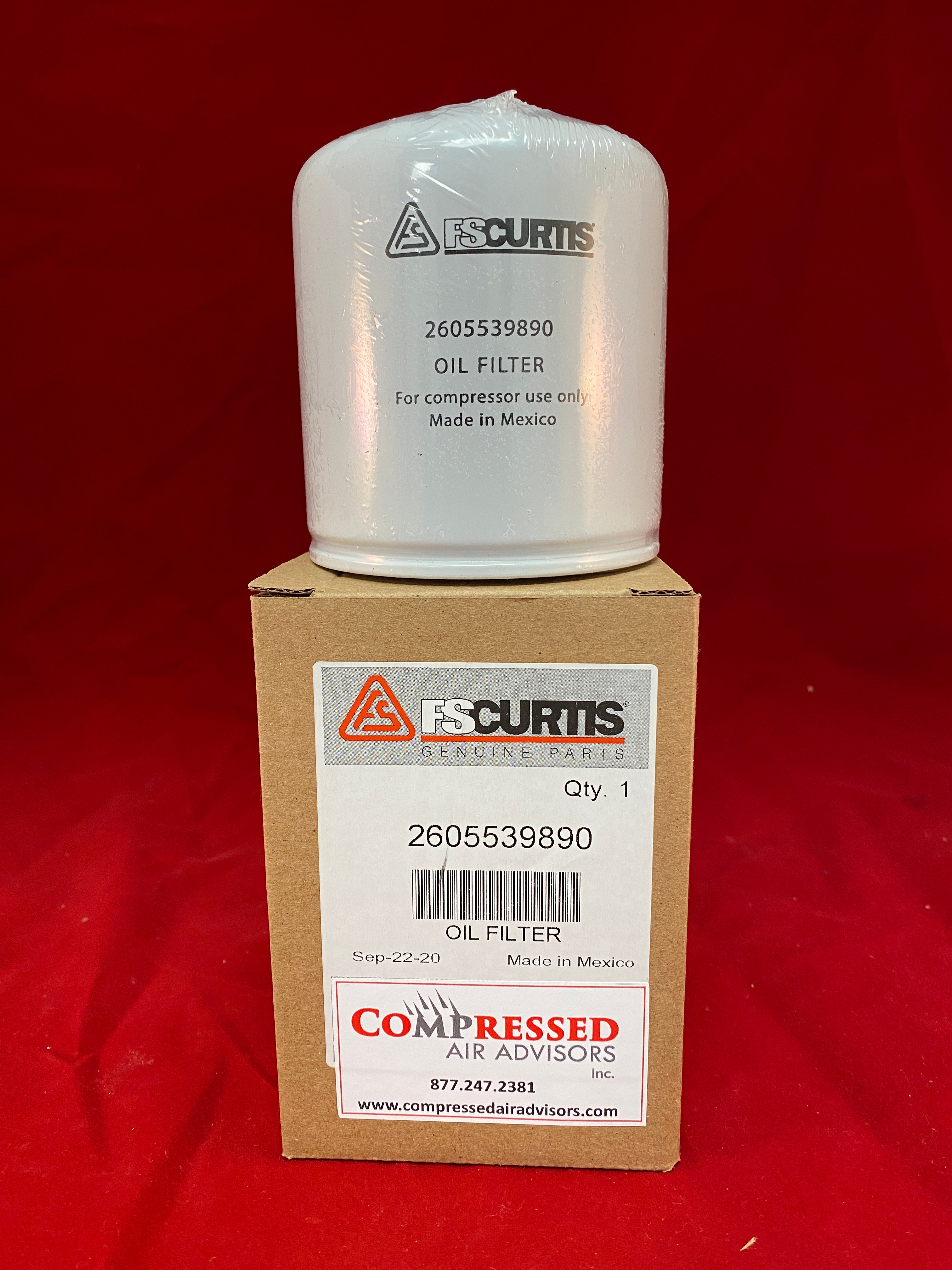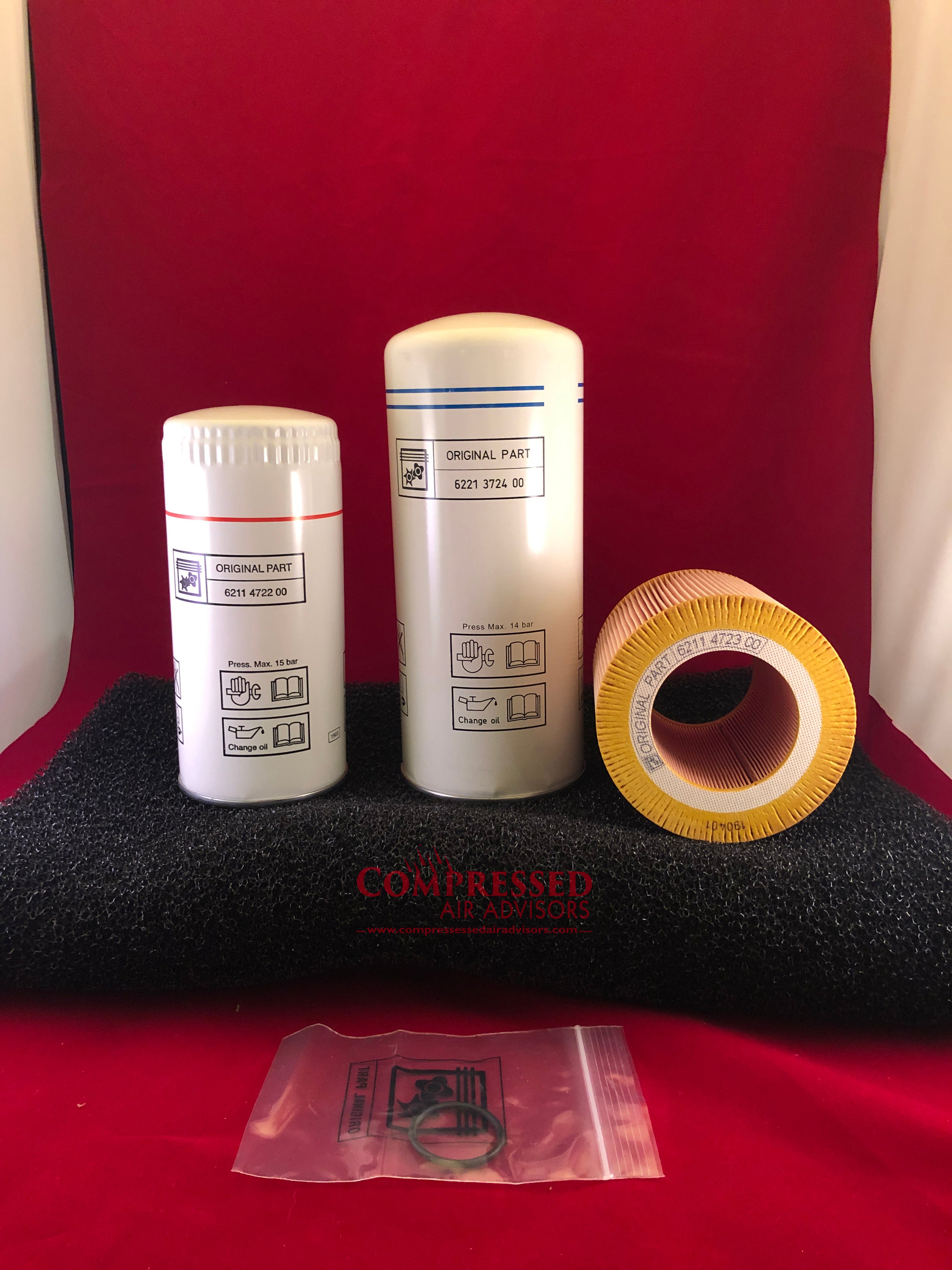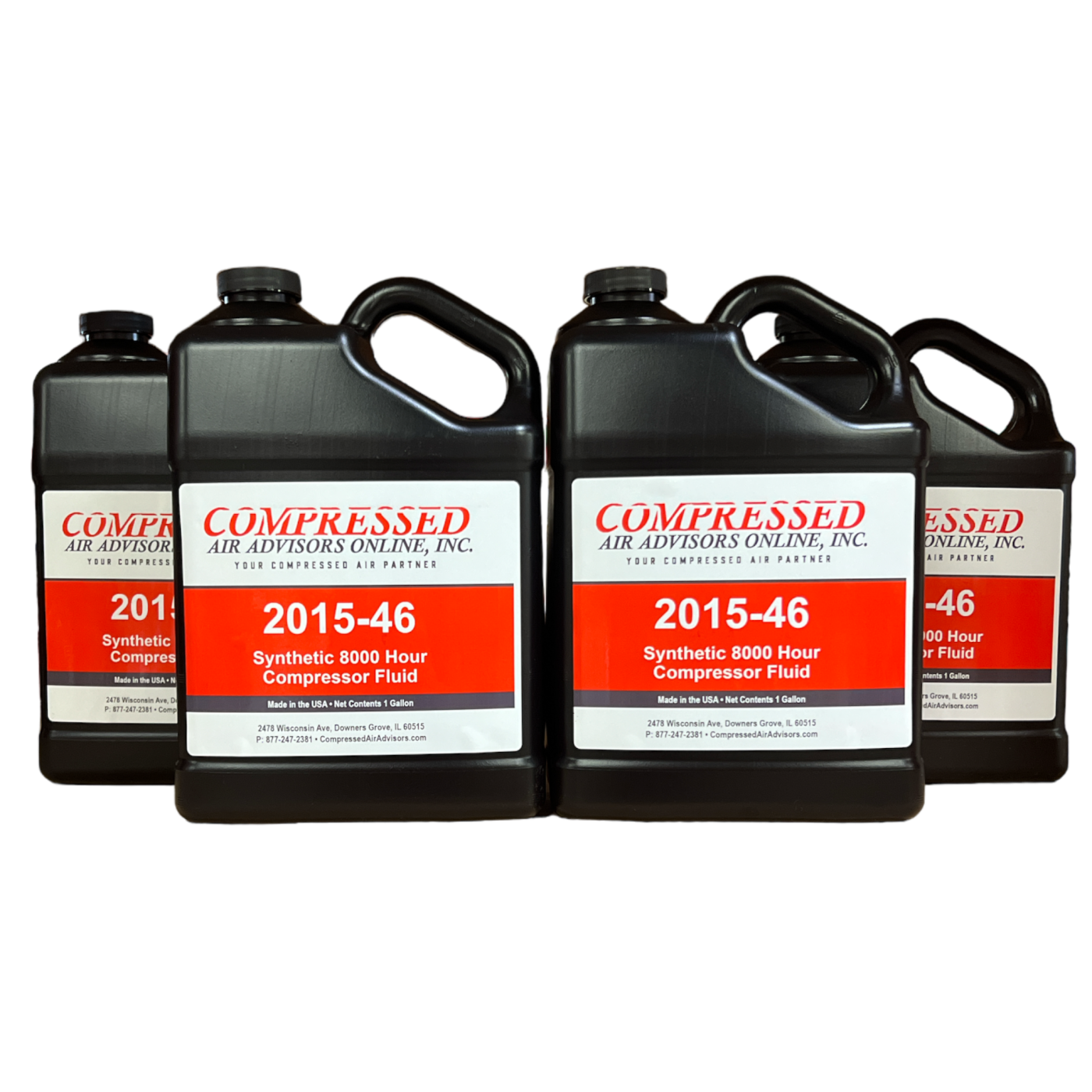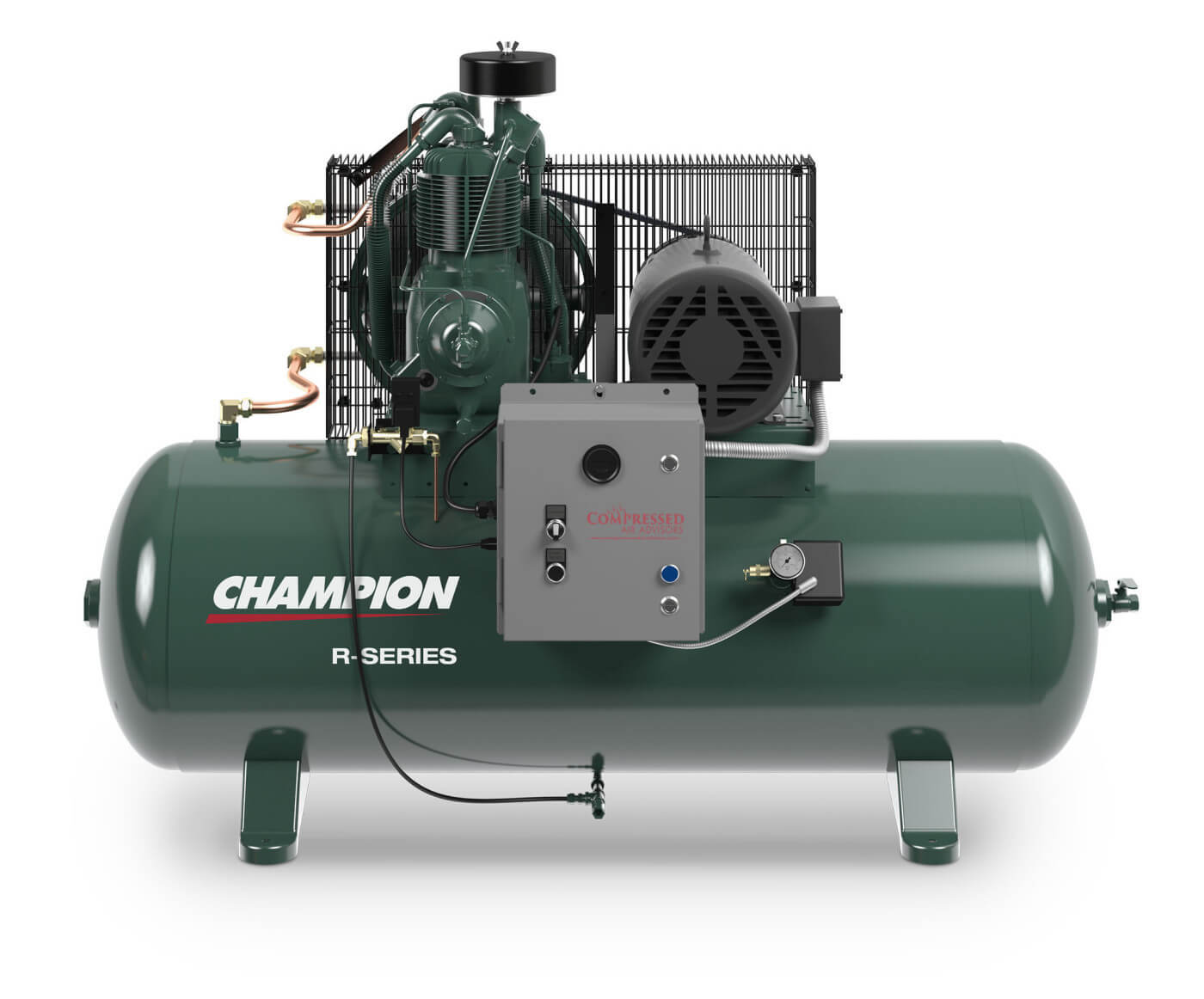Save Big Bucks with These Genius Air Compressor Maintenance Tips
Hello there, fellow air compressor enthusiasts! As someone with years of experience in the air compressor sales business, I've had the privilege of visiting numerous customer facilities across the United States. Today, I'm going to share with you the ultimate guide to air compressor maintenance, peppered with some real-life anecdotes from the facilities I've visited.
Chapter 1: Understanding Your Air Compressor Let's kick things off by getting familiar with the heartbeat of your facility - the air compressor.
Types of Industrial Air Compressors
In my time visiting various facilities, I've seen a wide array of air compressors in action. There are three main types to consider:
Reciprocating Compressors: These workhorses are quite common, and I've witnessed them powering manufacturing lines and keeping production running smoothly.
Rotary Screw Compressors: Some facilities I've visited swear by the efficiency and reliability of these compressors. They tend to be quieter and have a more consistent output.
Centrifugal Compressors: In larger industrial facilities, especially those involved in heavy-duty processes, I've come across these powerful machines. They are a sight to behold!
Basic Components and Operation
Picture your air compressor as the heart of your facility. It consists of several key components, including the compressor pump, motor or engine, and an air receiver tank.
I remember one facility visit where a neglected air receiver tank had developed a small hole, causing costly downtime. It served as a reminder that regular inspections are vital to keep your facility's heart beating strong.
Chapter 2: Signs of Compressor Wear and Tear
Now, let's talk about the warning signs that tell you it's time to roll up your sleeves and give your compressor some TLC.
Identifying Common Issues
During my visits, I've seen firsthand how issues like pressure fluctuations and unusual noises can disrupt facility operations. I recall one facility where a loud clanking noise was ignored until it led to a major compressor breakdown and a significant production delay.
Understanding the Impact on Performance and Efficiency
Neglecting maintenance not only affects the lifespan of your compressor but also your facility's overall efficiency. I've witnessed facilities with skyrocketing energy bills due to poorly maintained compressors. It's like watching money go down the drain.
Chapter 3: Regular Maintenance Schedule
Now, let's dive into the nitty-gritty of maintaining your air compressor. It all starts with a regular maintenance schedule.
Daily Checks and Inspections
Facility managers who take a proactive approach know that daily checks are crucial. They include inspecting oil levels, air filters, and ensuring drains and valves are clear. I've seen how a clogged filter can slow down production, just like a traffic jam on a busy highway.
Weekly and Monthly Maintenance Tasks
Once a week, take a few extra minutes to lubricate moving parts, check belt tension, and inspect the cooling system. Facilities that follow these routines tend to have fewer unexpected shutdowns.
Annual and Major Service Intervals
Annually, consider a deeper dive. Replace worn-out parts and run performance tests. I've visited facilities that treat this like an annual health checkup for their compressors. It's a smart move that pays off in the long run.
Chapter 4: Oil and Lubrication
Ah, oil - the lifeblood of your compressor. I've seen firsthand how oil-related issues can impact facility operations.
The Role of Oil in Air Compressors
Oil isn't just a lubricant; it's crucial for the smooth operation of your compressor. Using the right type of oil recommended by the manufacturer is essential, as I've seen facilities suffer from using the wrong oil.
Proper Lubrication Techniques
When it's time for an oil change, facilities that follow manufacturer recommendations meticulously tend to avoid costly breakdowns. Overfilling or underfilling with oil can lead to significant damage.
Chapter 5: Air Quality and Filtration
Now, let's talk about something often overlooked - air quality and filtration.
The Importance of Clean, Dry Air
Clean, dry air is vital for your facility's tools and equipment. Moisture and contaminants can wreak havoc on production. I once visited a facility where moisture from the compressor caused a critical production issue, resulting in a significant financial hit.
Air Filters and Their Maintenance
Regularly inspecting and replacing air filters is akin to changing the air filter in your car; it keeps everything running smoothly. Facilities that prioritize this often have more consistent output and fewer quality control issues.
Chapter 6: Safety Measures
Safety should always be a top priority in any facility. Let's talk about some essential safety measures.
General Safety Guidelines
During my visits, I've emphasized the importance of following safety guidelines to the letter. Lockout/tagout procedures and wearing the right PPE can save facilities from accidents and costly downtime.
Safe Handling of Chemicals and Lubricants
Handling chemicals and lubricants is part of compressor maintenance. Always store and handle them with care. I once witnessed a near-miss incident when a can of lubricant slipped from a technician's hand and spilled on the floor. Proper safety measures prevented disaster.
Emergency Shutdown Procedures
Knowing how to shut down your compressor in case of emergencies can prevent catastrophic failures and accidents. It's like having fire drills in your facility; you hope you never need them, but when you do, you'll be glad you know what to do.
Chapter 7: Troubleshooting and Common Repairs
At some point, facilities may encounter issues with their compressors. Let's talk about troubleshooting and common repairs.
Step-by-Step Troubleshooting Guide
When a compressor acts up, a systematic approach to identifying problems, their possible causes, and solutions is essential. It's a bit like diagnosing a patient's symptoms; you start with the basics and work your way up.
Cost-Effective Repairs and Replacements
Facilities that address issues early tend to incur lower repair costs. Replacing a small valve is much cheaper than dealing with a major compressor failure that disrupts production.
Chapter 8: Upgrading and Modernizing
Let's wrap things up by talking about upgrades and modernization.
Discussing the Benefits of Upgrading
Consider upgrading to a more energy-efficient compressor if your facility's compressor is getting old. Newer models can significantly reduce energy consumption and operating costs.
Energy-Efficient Options
Energy-efficient compressors not only save money but also reduce your facility's environmental footprint. It's like switching to LED lighting; it's better for your budget and the planet.
Automation and Monitoring Systems
Installing automation and monitoring systems can help facilities keep a close eye on compressor health, allowing for proactive maintenance and minimizing downtime.
Conclusion
And there you have it, the ultimate guide to air compressor maintenance, as seen through the lens of my experiences visiting various customer facilities. Remember, taking care of your compressor is an investment in your facility's efficiency and bottom line. Don't hesitate to seek expert advice when needed, and always prioritize safety. Now, go out there, keep those compressors running smoothly, and enjoy uninterrupted production in your facility!
Find the maintenance parts you need here!



